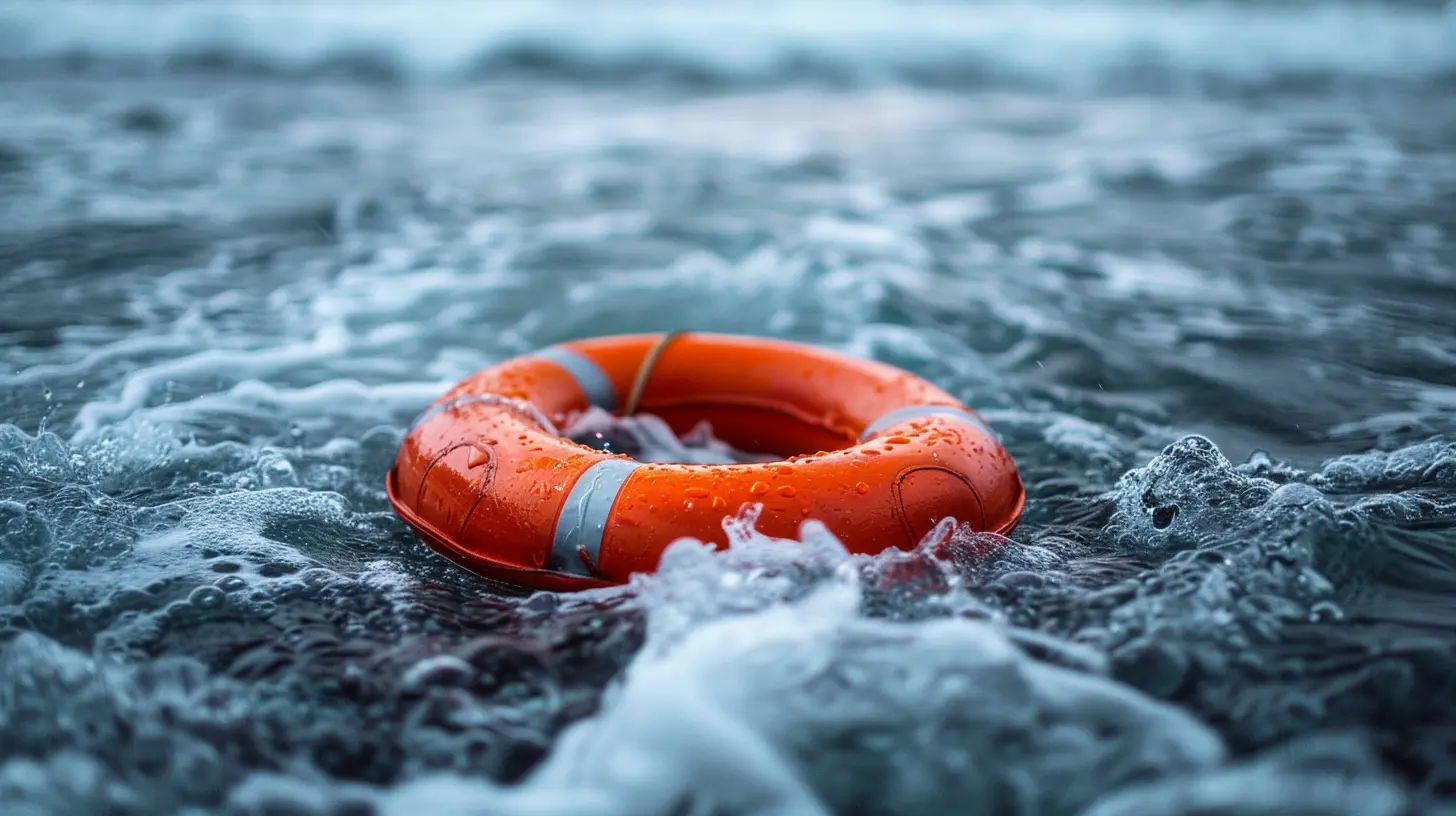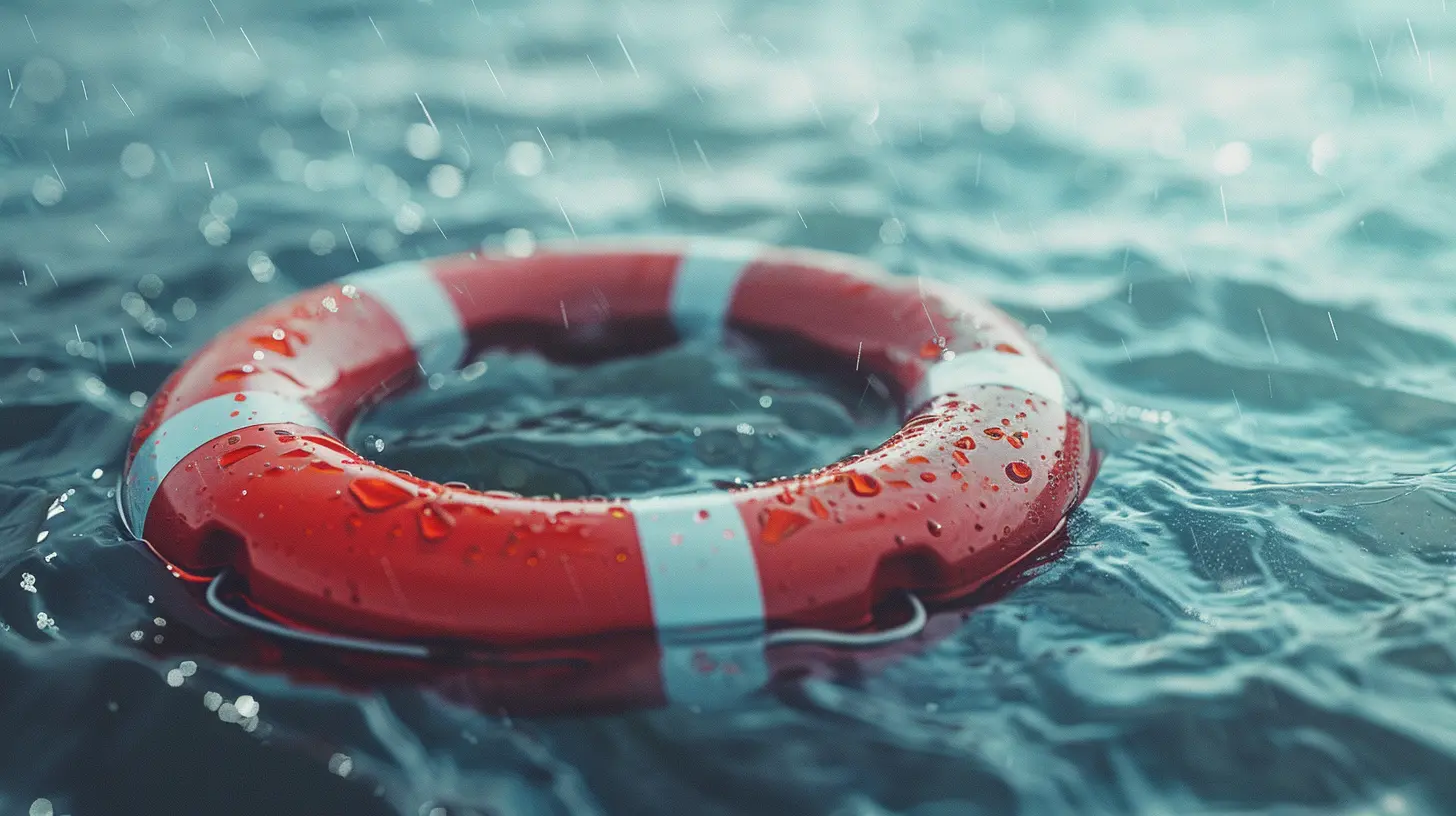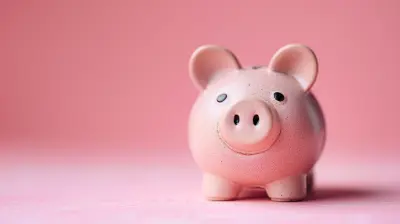16 April 2025
Freelancing is a world of freedom, creativity, and... financial uncertainty. One month, you're raking in cash. The next? Silence. Unlike traditional employees with stable paychecks, freelancers ride a financial rollercoaster. And that means your emergency fund strategy can't look like everyone else's.
So, how do you build a safety net that actually works when your income fluctuates like the stock market on a caffeine high? Let’s dive deep into a game-changing approach to emergency funds tailored for freelancers. 
Why Freelancers Need a Different Emergency Fund Strategy
A 9-to-5 employee typically has a predictable salary, making emergency funds straightforward—three to six months of expenses, and boom, they're covered. But for freelancers? That one-size-fits-all advice falls flat.Why?
Because no two months look the same when you’re self-employed. Some months are a financial feast, and others are famine. That’s why the standard "three months of expenses" rule isn’t enough.
You need a system that accounts for:
✔️ Irregular income
✔️ Late payments from clients
✔️ Drought periods where no new projects come in
✔️ Unexpected expenses (because life happens)
The Traditional Advice Doesn't Work for You
Most financial gurus stick with the three-to-six-month rule, assuming steady income. But freelancers can go months without a single dollar coming in. That’s why your emergency fund needs to cover much more than just a quarter-year of expenses.
Step 1: Calculate Your Bare-Minimum Expenses
Before setting an emergency fund goal, you need to know the absolute bare minimum you need to survive.⚡ Rent/mortgage
⚡ Groceries
⚡ Health insurance (because freelancers don't get employer coverage)
⚡ Utilities
⚡ Transportation
⚡ Debt payments
This is your survival budget—the amount you need to cover the essentials if work completely dries up.
💡 Pro Tip: Add up these expenses, but don’t include luxuries (we’re talking Netflix, dining out, or those fancy coffees). Your emergency fund should focus on survival, not splurging. 
Step 2: Aim for a 6 to 12-Month Cushion
Since freelancing is so unpredictable, a three-month cushion won’t cut it. Double it. Triple it, if possible.🔹 Minimum Goal: Six months of bare-minimum expenses
🔹 Ideal Goal: 12 months for complete peace of mind
At first, this number might feel intimidating. But remember, you don’t have to build it all in a week. It’s a gradual process.
✍️ Example: If your bare-minimum monthly expenses are $2,500, your emergency fund goal should be:
- Six months: $15,000
- Twelve months: $30,000
Does that sound like a mountain to climb? Keep reading—we’ll break down how to save without losing your mind. 
Step 3: Set Up a Specialized Freelance Emergency Fund
Having a single savings account isn’t enough. As a freelancer, you need a dedicated emergency fund separate from your regular savings or investment accounts.Where Should You Keep It?
✅ High-yield savings accounts (so your money grows a little)✅ Money market accounts (low risk, easy access)
✅ Cash reserves in easily accessible accounts
Avoid risky investments like stocks or real estate for your emergency fund—this money needs to be instantly available when life throws you a curveball.
Step 4: Automate & Build Your Fund Without Feeling Broke
Let’s be real—saving for an emergency fund while covering bills can feel impossible. But here’s the trick: automate it.How to Save Without Stress
🔹 Percentage-Based Savings: Since freelancer income fluctuates, save a percentage rather than a fixed amount. Example: 20-30% of each paycheck goes to your emergency fund.🔹 Use Windfalls Wisely: Got a client who finally paid that overdue invoice? Dump a chunk into your emergency fund.
🔹 Cut Unnecessary Expenses: Redirect small luxuries (like that extra latte or subscription service you rarely use) into your fund.
🚀 Secret Weapon: Pretend your income is lower than it is. If you make $5,000 one month, budget as if you're making $4,000—stash the rest into savings.
Step 5: Prepare for Income Droughts & Client Payment Delays
Freelancers deal with late payments all the time. Clients delay invoices. Some disappear altogether. Your emergency fund isn't just for "emergencies"—it’s for survival during slow months.💡 Smart Move: Keep a "Buffer Account" in addition to your emergency fund.
👉 Buffer Account = One to Two Months of Expenses
- This stops you from dipping into your emergency fund unless it's a real crisis.
- It smooths out cash flow and keeps you from panicking when payments are delayed.
Step 6: Use Your Emergency Fund Wisely
An emergency fund isn’t a backup shopping spree. So, when should you actually dip into it?✅ Serious situations like medical emergencies or unexpected repairs
✅ Dry months where absolutely no income is coming in
✅ Bridging gaps while waiting for client payments
🚫 When NOT to Tap Into It
❌ Covering impulse purchases
❌ Business investments (separate savings for that!)
❌ Funding vacations or luxury spending
Step 7: Replenish After Every Withdrawal
Used some cash from your emergency fund? Make refilling it a priority.💰 Rebuild Strategy:
✔️ Allocate a portion of your next big paycheck back to the fund.
✔️ Cut back on extra spending to top it up faster.
✔️ Treat it like an unpaid invoice—because your future self needs that safety net.
Final Thoughts: A Freelancer’s Emergency Fund is a Lifeline
Freelancing isn’t just a career path—it’s a lifestyle. But with great freedom comes great financial responsibility. A well-structured emergency fund ensures you’re never caught off guard when income slows down.Do yourself a favor: start today, even if it’s just a tiny step. Your future self will thank you when the next slow season rolls around.


